Eco-Friendly Home Decor: Recycling for a Cause
The Meaning Behind Sustainable Style
Choosing reclaimed furniture or fixtures diverts bulky waste from landfills, reduces demand for virgin materials, and avoids manufacturing emissions. Even small swaps—like glass jars for storage—add up when repeated across households, streets, and schools inspired by your home. Collective consistency turns modest actions into measurable climate and community gains.
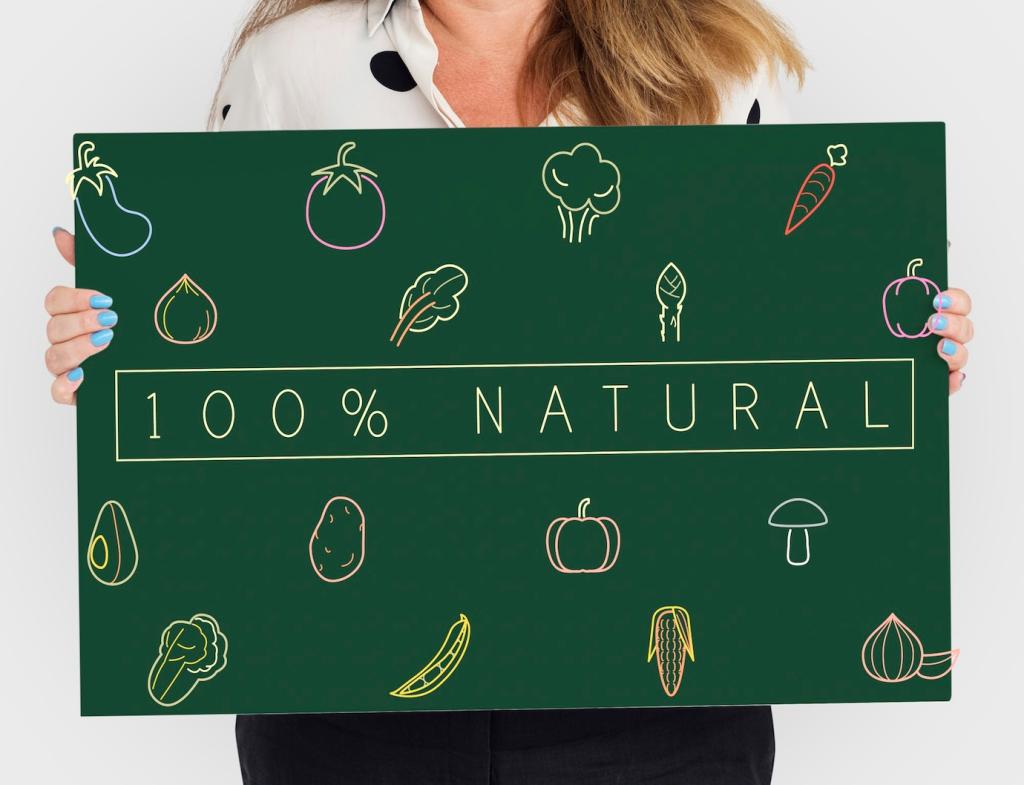
Room-by-Room Upcycling Guide
01
Stack crates into flexible shelving, roll a pallet coffee table on recycled casters, and cluster bottle vases with native cuttings. Balance negative space and natural light so the room breathes. Host a bring-and-build evening, swap tips, and gather feedback on comfort, function, and durability from the people who use it.
02
Repurpose jars for bulk staples, label with chalk paint, and mount a magnetic strip for rescued utensils. Keep a countertop compost caddy and swap paper towels for washable cloths. Choose cast-iron or secondhand cookware and maintain it well. Share your plastic-free kitchen hacks so our community can cook greener together.
03
Turn a reclaimed door into a soft headboard using linen slipcovers and low-VOC paint. Quilt worn shirts into a memory blanket and refinish secondhand nightstands with plant-based oils. Warm LEDs create calm without waste. Tell us which thrifted piece’s backstory helps you unwind most when the day finally slows down.
Pallet coffee table, safely
Source a heat-stamped pallet, not chemically treated. Remove rough boards, sand thoroughly, and join with salvaged brackets. Add locking casters, finish with water-based polyurethane, and style with a tray from a vintage frame. Post your before-and-after; your process can motivate someone nearby to rescue a pallet from the waste stream.
Mason jar cluster pendants
Use purpose-built lids designed for lighting, choose LED bulbs that run cool, and thread a fabric cord to a tested canopy. Stagger heights over a dining corner for soft sparkle. Always consult an electrician if uncertain. Share your layout diagram so others can replicate it safely and beautifully at home.
T-shirt yarn pouf
Cut retired tees into continuous strips, stretch into yarn, and crochet or braid a sturdy spiral. Fill with worn towels or fabric scraps for structure, then stitch closed. This pouf adds playful texture, rescues textiles from landfills, and doubles as flexible seating for movie nights or reading nooks.
Recycling for a Cause: Community and Giving
Partner with local nonprofits
Donate upcycled pieces to community auctions, shelters, or school fundraisers. Coordinate with organizations in advance to match needs—compact storage, durable benches, or kid-friendly desks. Habitat-style reuse centers, maker spaces, or neighborhood groups can help distribute goods. Pledge a project in the comments and inspire a chain of giving.
A swap that started a beach cleanup
Our readers organized a yard swap where every traded item counted as a pledge to join weekend cleanups. Someone transformed a rusted rack into a driftwood coat tree that later auctioned supplies for the volunteers. Try a similar event, document the stories, and tag us so we can cheer you on.
Artist collabs that uplift
Partner with local artists to turn salvaged materials into limited pieces, with proceeds funding community gardens or tool libraries. Co-create labels that trace each item’s origin and impact. Invite subscribers to vote on designs, then reveal the final collection live—celebrating creativity, transparency, and tangible neighborhood benefits.
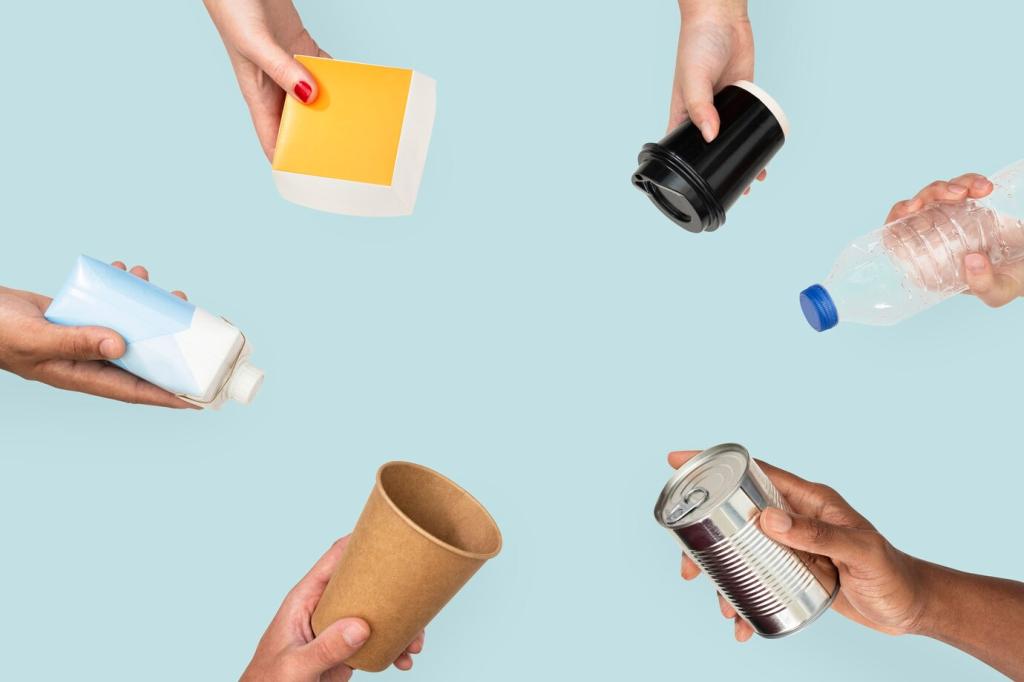
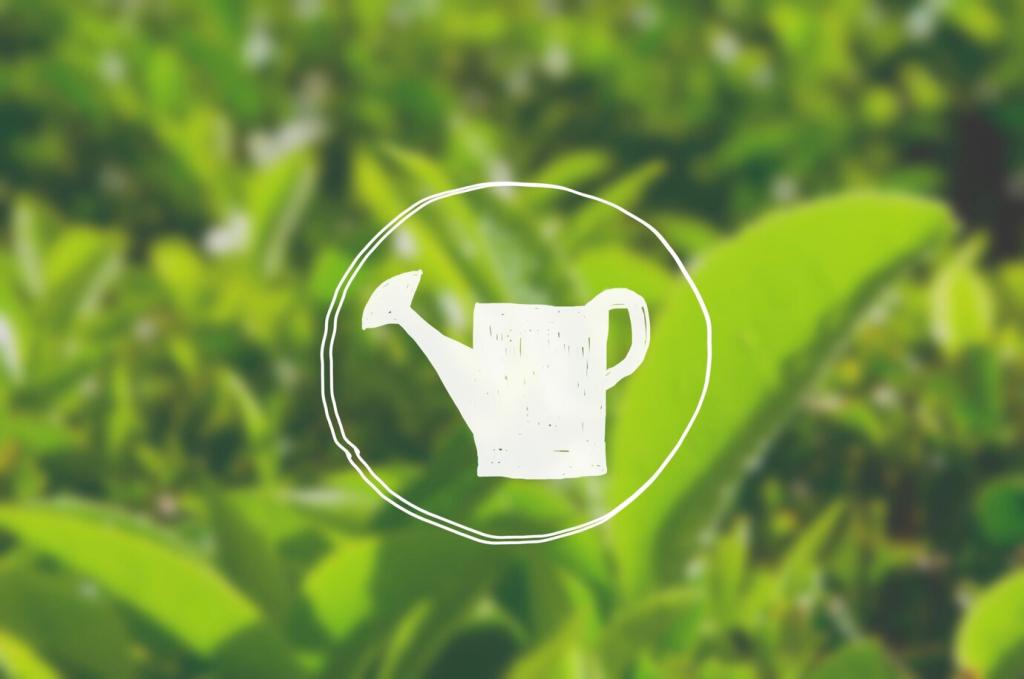
Style Without Compromise
Let grain and knots be the artwork. Keep silhouettes clean, lift furniture on slender legs, and use breathable linens. A single reclaimed beam shelf, perfectly leveled, can anchor a serene wall. Resist clutter; let quiet materials and honest craftsmanship invite calm and mindful living into your daily routines.
Style Without Compromise
Blend blackened steel, conduit, and weathered hardware with warm wood to soften edges. Add dimmable LEDs for a subtle glow that highlights patina. Test stability, deburr sharp edges, and clear-coat to prevent rust. Share your favorite metal rescue find; the right piece can define an entire room’s character.

Cleaning and sealing reclaimed surfaces
Vacuum dust with a HEPA filter, wash gently with plant-based soap, and let materials dry fully before sealing. Choose low-VOC, water-based finishes that resist stains while preserving patina. Reapply as needed. Document your product choices so others can replicate safe routines without guesswork or unnecessary trial and error.
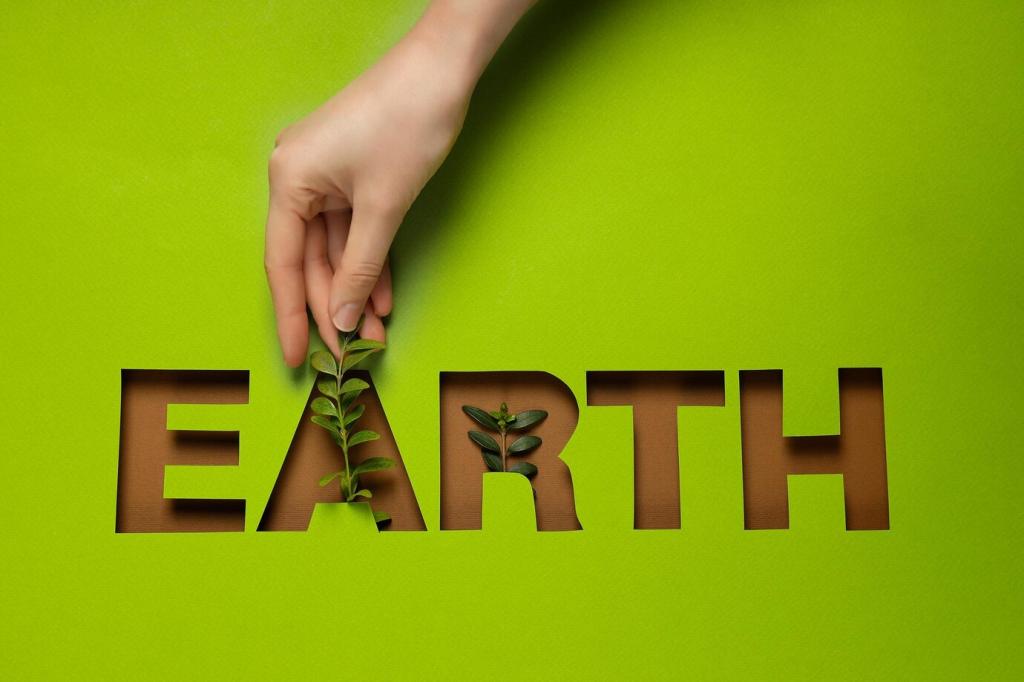
Non-toxic finishes and adhesives
Avoid high-VOC solvents and mystery varnishes. Look for third-party certifications, read safety data sheets, and test a small area first. Milk paint, water-based polyurethane, shellac, and casein glues often pair well with interiors. Share brands that worked for you, helping our community stay healthy while crafting beautiful spaces.
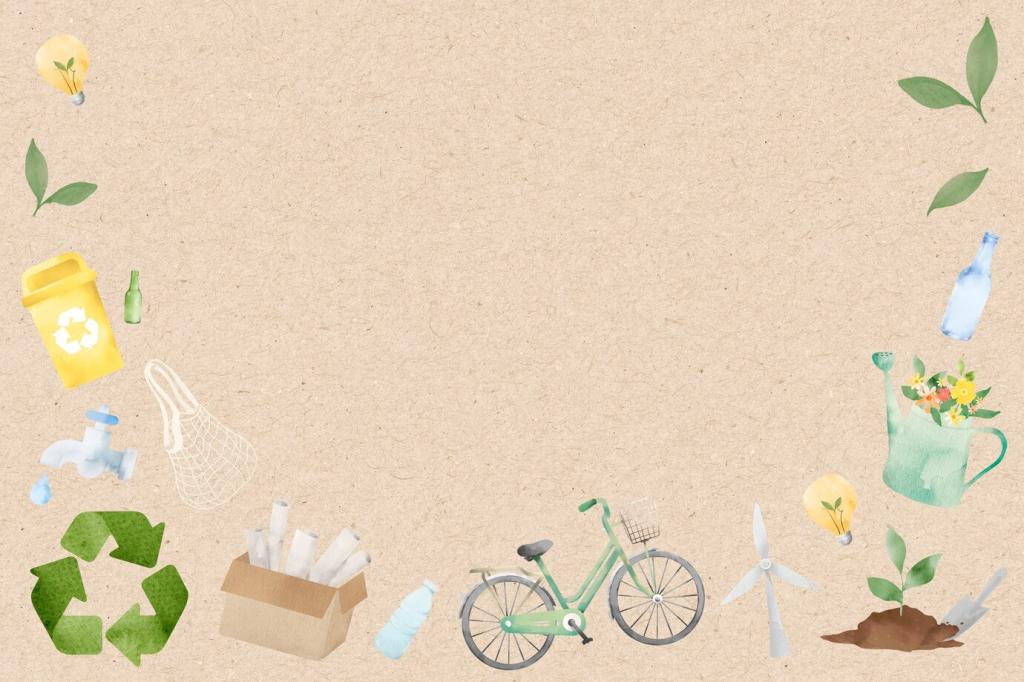
Electrical and structural checks
For lighting, use certified components and consult an electrician if you modify wiring. Anchor shelves into studs, verify weight ratings, and use proper hardware on masonry. Test thrifted items for lead or unsafe finishes where applicable. Safety lets stories endure, so invite questions and we’ll troubleshoot challenges together.
